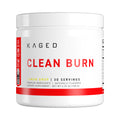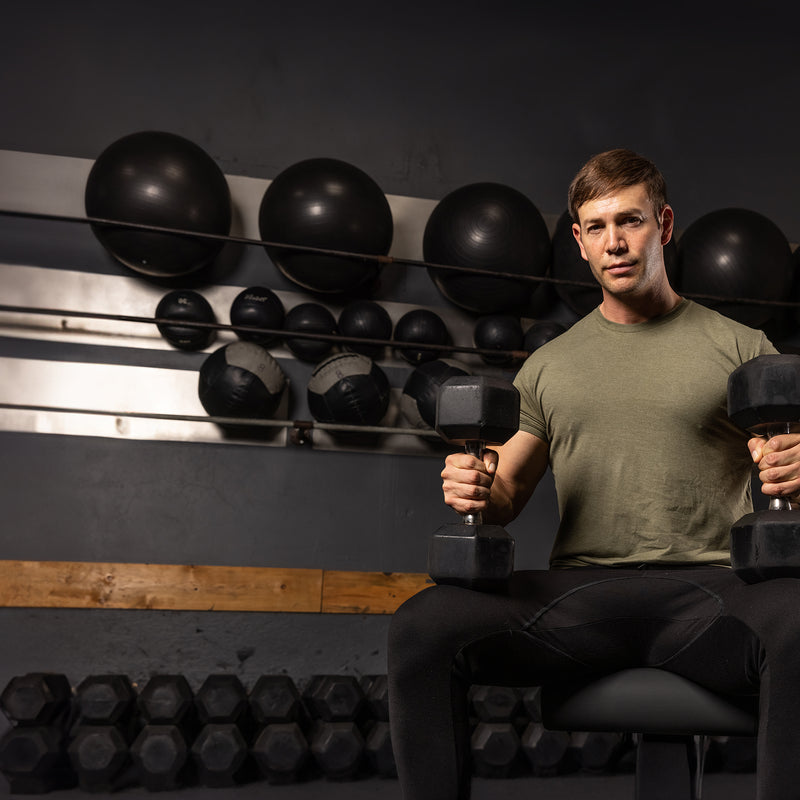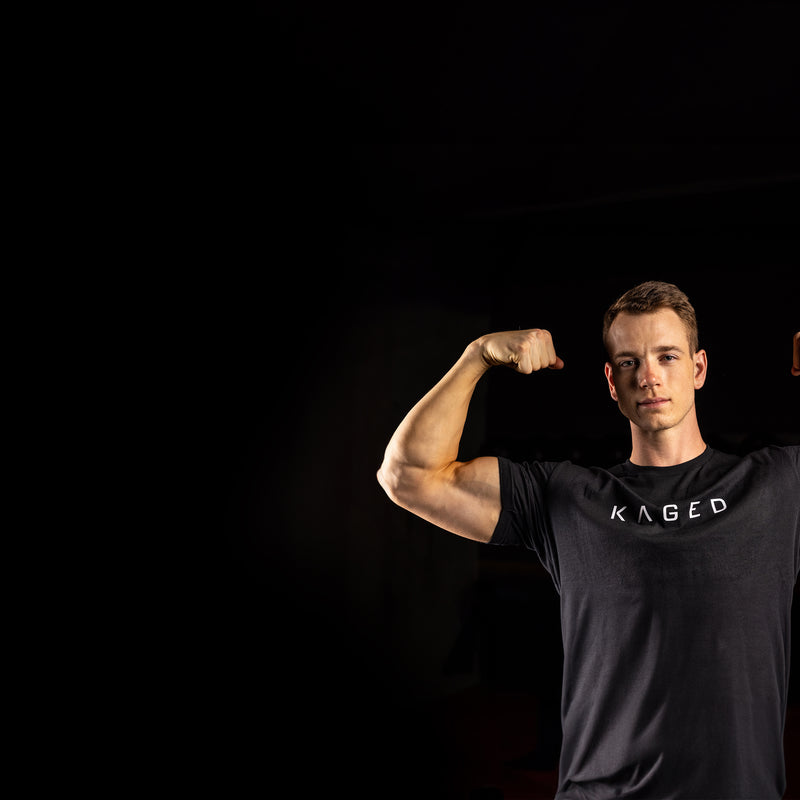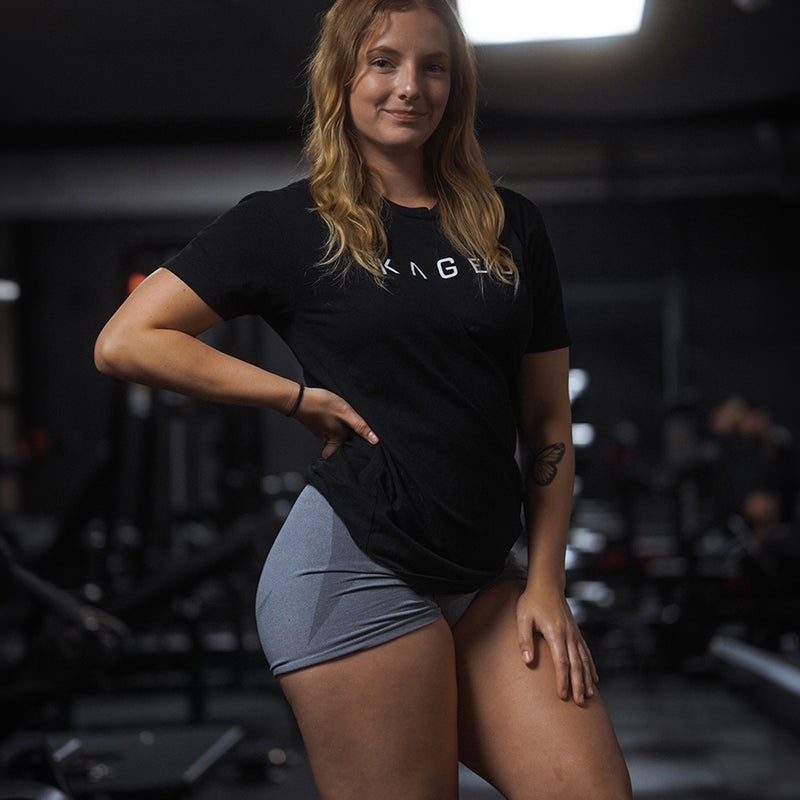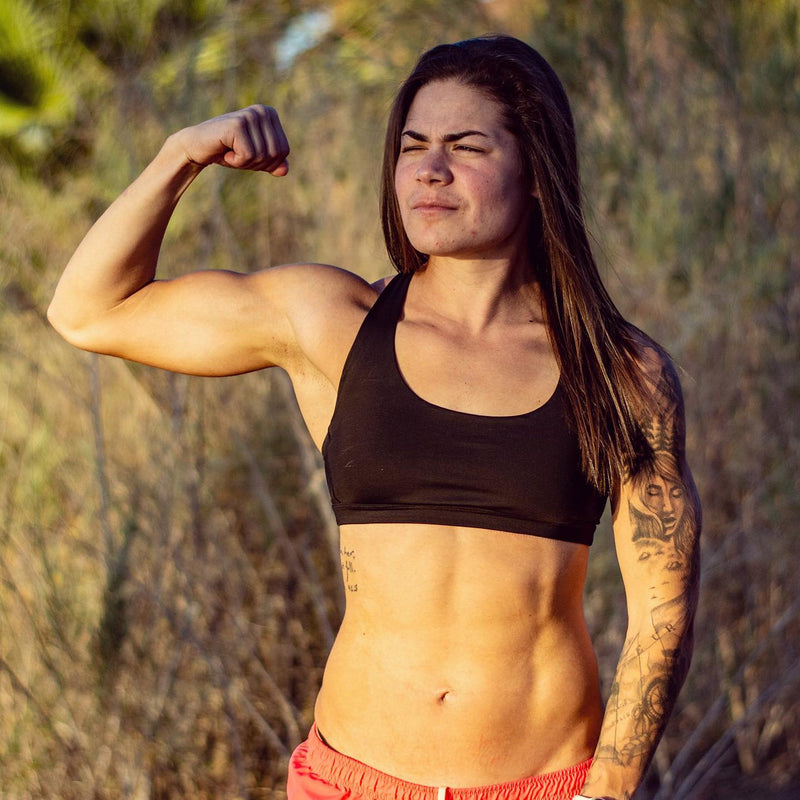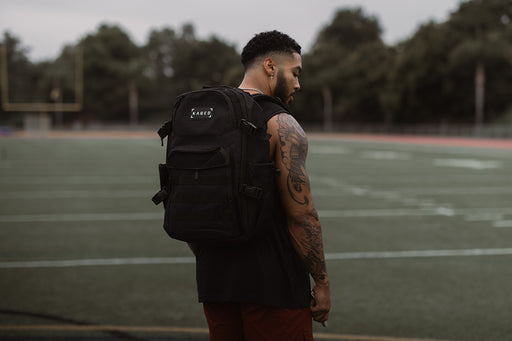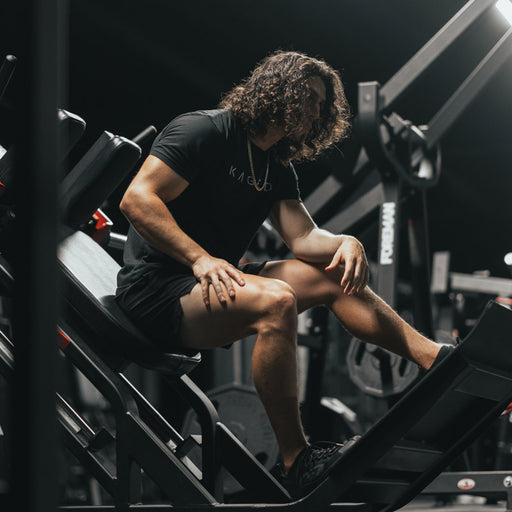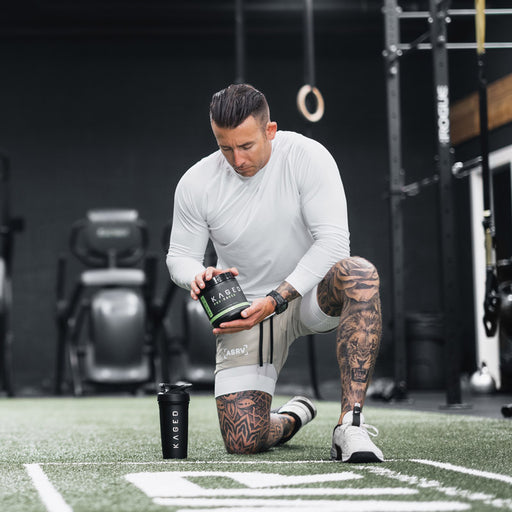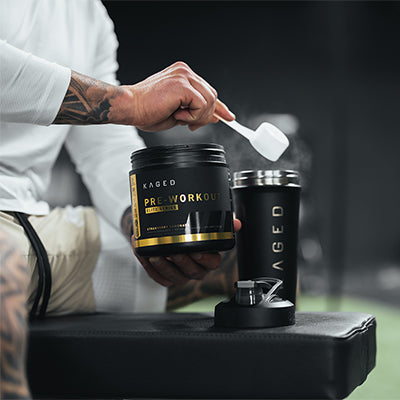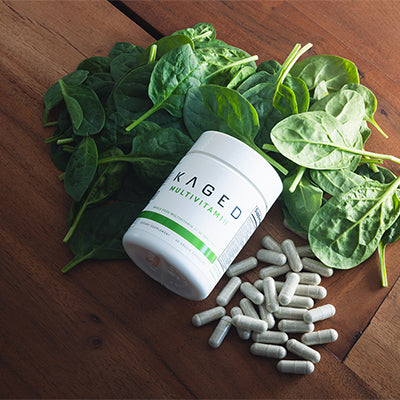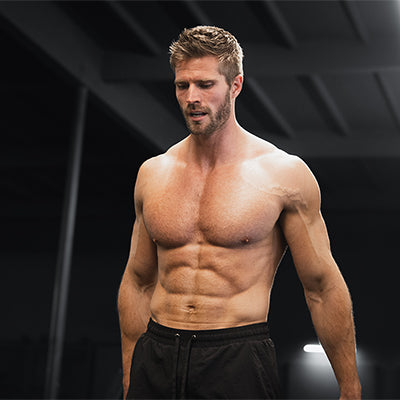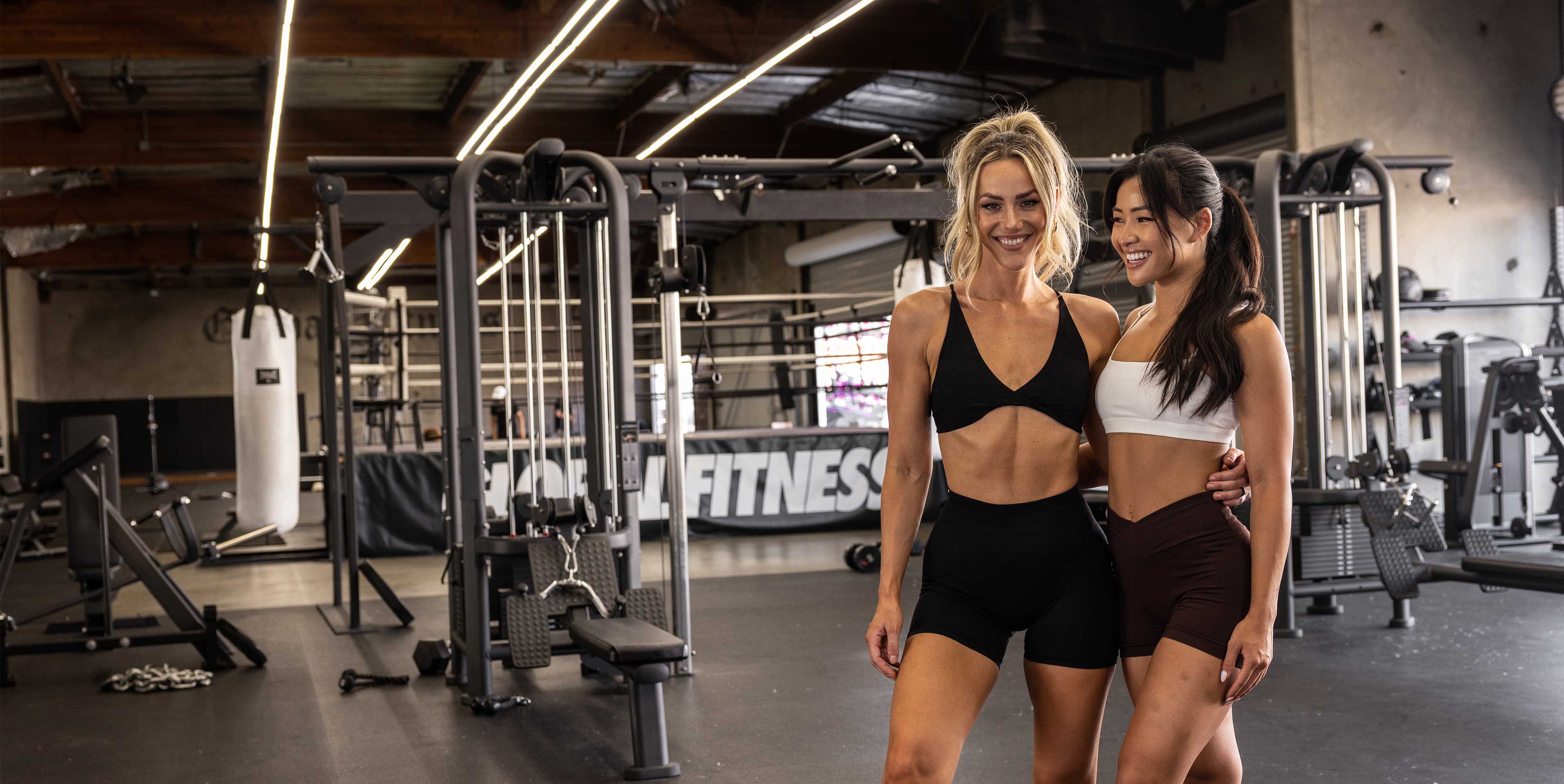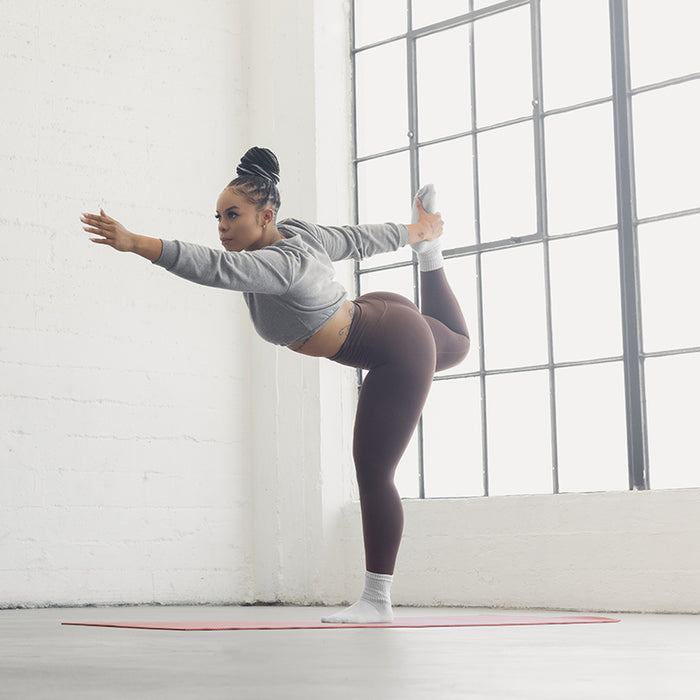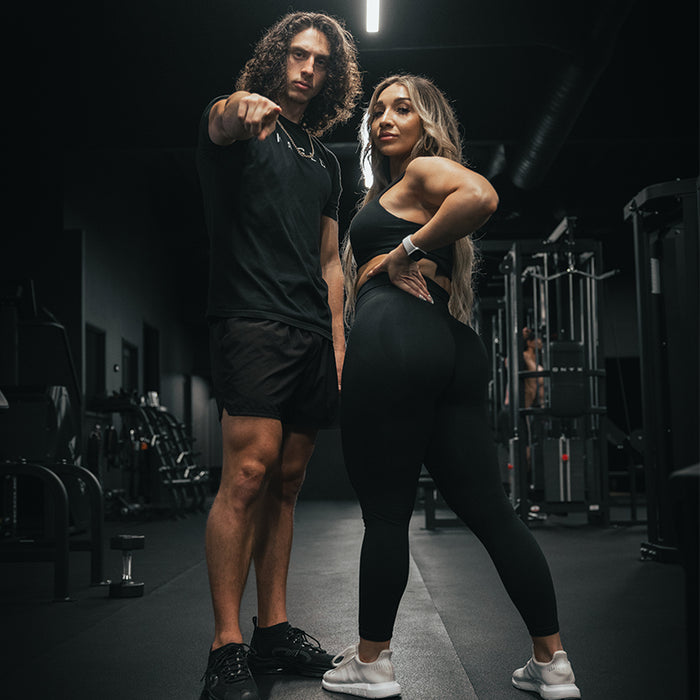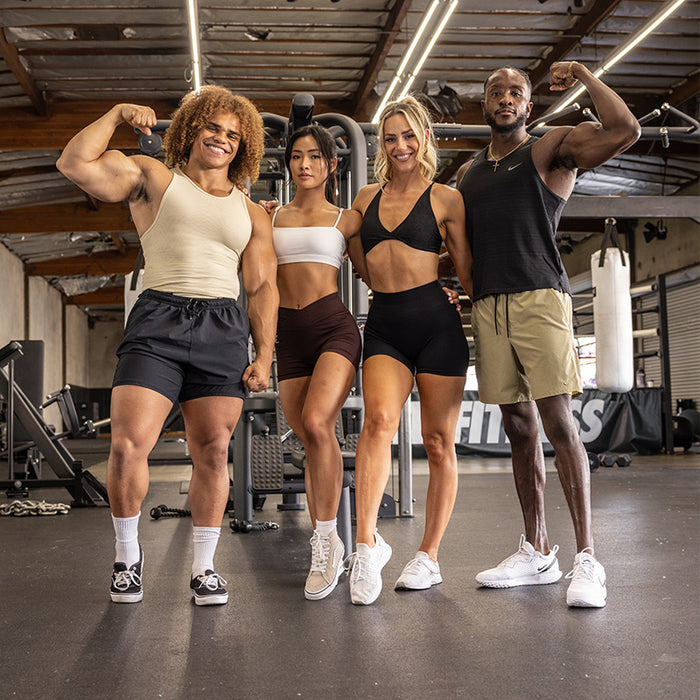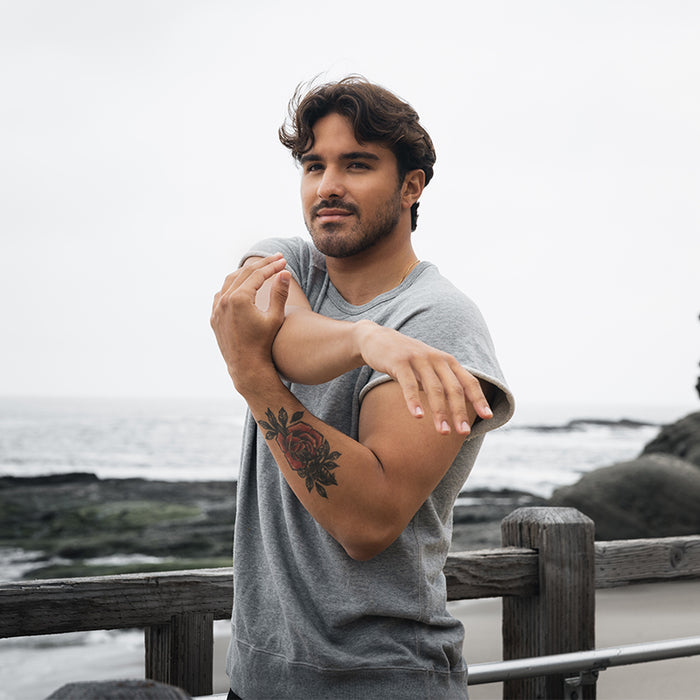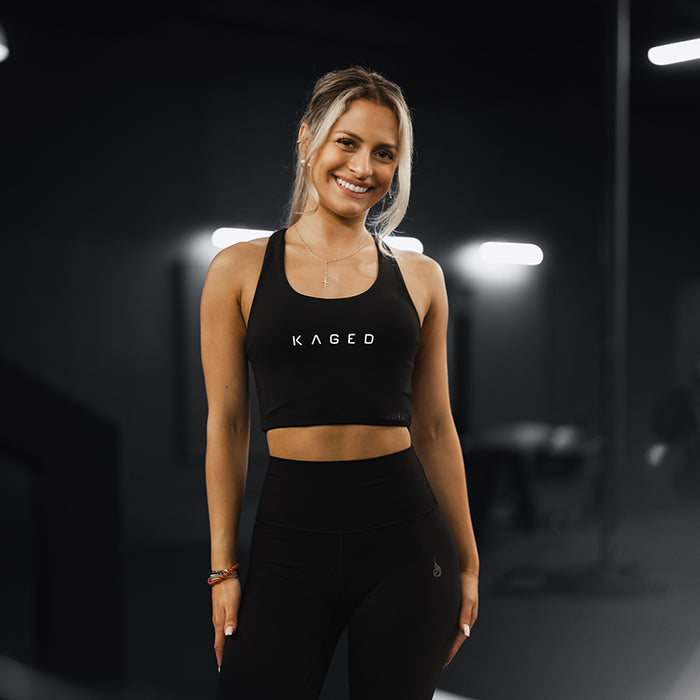This might be a strange request but take a couple of minutes to think about your physique. Think about every aspect of your shoulders and arms all the way down to your calves. Take a moment to consider your training in the gym. Now ask yourself what were you best at or what were your strong points. After that, think about your weaknesses. What do you think you’re terrible at or what are the parts of your physique that you think are your least developed? Although you probably didn’t want to read this and go into a negative state of mind, keep positive because if you’ll keep reading then you’ll know that you can not only overcome these weaknesses but you can make them strengths if you follow these tips. For the example here, the lifter in question wants to improve on pull-ups.
Strategy #1: Create Your Program Based On Your Weaknesses
Since the trainee wants to improve on pull-ups then when he or she developing his program, then it makes sense that he or she sets a goal to measure success. Regarding the training program specifically, it should be focused on supporting those efforts. What muscles are involved when you perform pull-ups? Primarily it’s the back but the shoulders, biceps, and even your core are also involved so it makes sense to choose exercises that would involve strengthening these specific areas so all of them will improve and thus, will improve the probability of improvement while doing pull-ups. The trainee might want to include exercises that target the rear delts when developing his shoulder workout. It would also make sense to do all the back movements with a similar grip that he would use to perform pull-ups. Details like this are what could make the difference in getting stronger and maintaining your weakness in question.
Strategy #2: Attack Your Weaknesses When You’re Fresh and Strong
It will be tempting to start with something you know you’re strong at to build confidence and make the workout more enjoyable. If you really want to overcome this chink in your armor than you need to begin by going right after your weak points while you’re fresh and at your strongest. For our trainee wanting to improve his or her pull-up game, that means going straight to the pull-up station and getting after it. It might lead to your mind playing tricks on you by causing frustration and leading to you wanting to just skip it but the key to getting better is reminding yourself that with each rep you perform or each step you make, you’re improving slightly and each of those small improvements will lead to serious improvement which will make you proud at the end of this venture. You can’t run a marathon until you take the first step and our individual won’t master the pull-up until he or she does the first one.
Strategy #3: Attack Your Weaknesses When You’re Tired
Although it’s true that you need that first step to complete a marathon, you also need that last step to cross the finish line. This is why you need to go after the weaknesses at the end of your workout. You’re likely thinking “I’ve already started my workout by doing this.” That is true and you will finish your workout the same way. This will serve two purposes. One is going after your weaknesses when you’re fatigued and exhausted will challenge you differently than doing so at the beginning. Another benefit is it will serve as motivation because improving on your weakness will be the last thing on your mind when the training is over which means it will likely also be the first thing on your mind the next time you train. So the person wanting to improve on pull-ups will start and end the workout with them so that offers many opportunities to get better and stronger.
Strategy #4: Attack Your Weaknesses More Than Once a Week
When physique competitors advance from amateur to professional, they have to change everything they do in order to improve their bodies when it comes to stage presence. This is because the judges are looking for your strong points as an amateur. As a professional, the judges will reward the competitor with the LEAST weaknesses because as pros they should have plenty of strengths.
In general, this means they find their weak points and train them more often so they can devote more time to turn them into a strong point so they place higher. In regards to the trainee wanting to improve on pull-ups, this means he or she will focus on pull-ups more than once a week in order to have more opportunities to target the muscle groups that are required to perform them. This trainee might do them on back day but also on shoulder day. It would be smart to space these workouts at least three days apart so there is adequate time to rest and recover from the previous workout.
If you want to own a complete physique, you can’t avoid those areas you’re deficient in. You must embrace them as opportunities to learn, grow, and improve. Take these challenges head-on and you'll be stronger and better for it.

